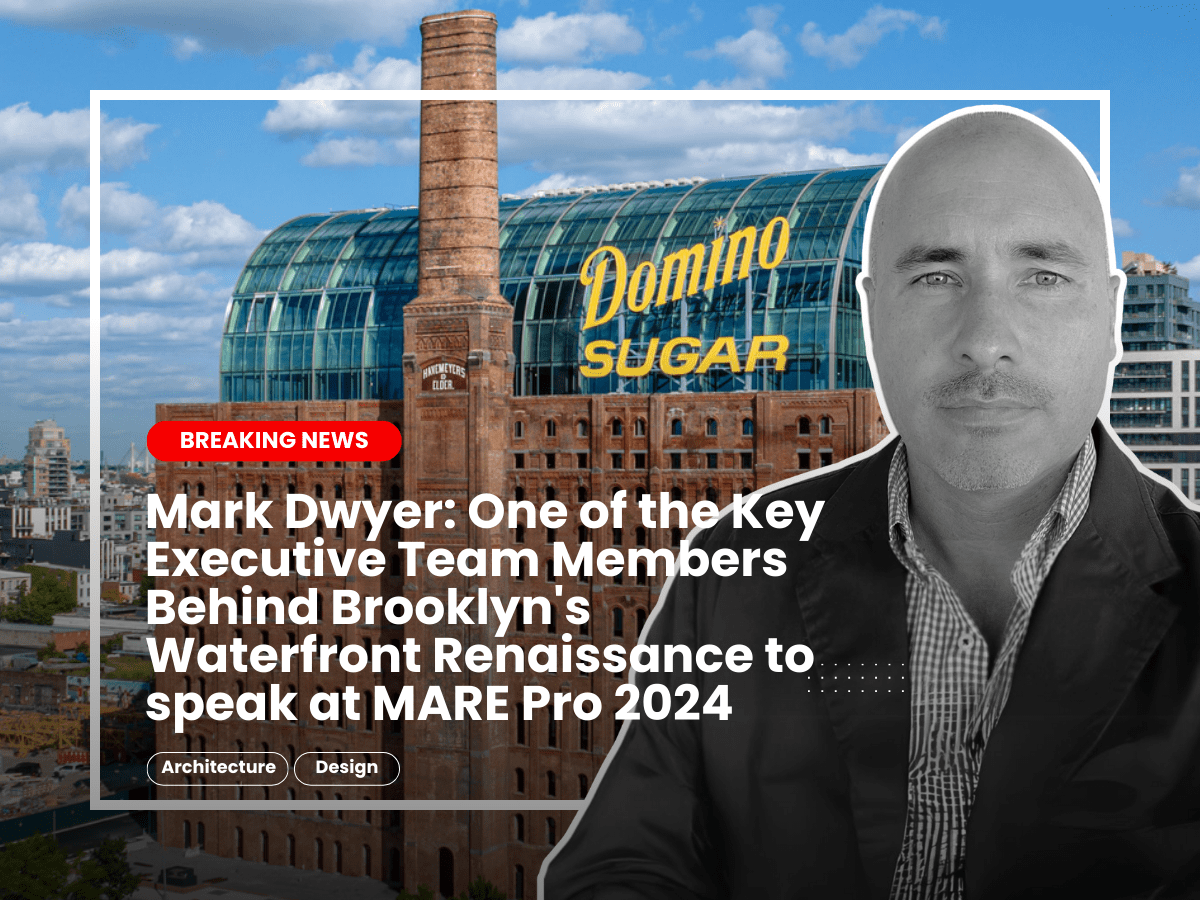In the heart of Brooklyn, where the East River laps against a shoreline of innovation and history, Mark Dwyer has been part of a team that has sparked a new dawn. Licensed architect and seasoned real estate developer, Dwyer’s journey weaves through the fabric of New York City’s urban landscape, with a keen eye for transforming spaces and a heart for sustainability.
Dwyer’s work, notably marked by the transformation of the Domino Sugar Refinery, tells a tale of reverence for the past and a bold stride into the future. This project, encapsulating over a decade of dedication, stands as a testament to the power of adaptive reuse. The once-industrial giant now breathes new life as a modern hub, embodying the intricate dance between preservation and innovation.
Beyond the confines of architectural design, Dwyer’s influence extends into the realm of education, where his experiences serve as a beacon for aspiring designers. From the University of Pennsylvania to Harvard’s Graduate School of Design, his teachings imbue students with the principles of sustainable development and the ethics of repurposing the old for new horizons.
Dwyer’s perspective on architecture challenges the conventional, advocating for a world where the old can indeed become new again. His work with the Domino Sugar Refinery, transitioning it from an iconic industrial relic to a vibrant community space, showcases the potential of adaptive reuse in redefining urban spaces. This approach not only conserves resources but also enriches the cultural tapestry of neighborhoods, proving that sustainability and design can coexist harmoniously.
As Dwyer now resides in Madrid, his global outlook continues to influence his projects and teachings. The transformational journey of the Domino Sugar Refinery, under his guidance, serves as a blueprint for future developments. It emphasizes the importance of integrating the community, honoring historical legacies, and pioneering sustainable practices in urban development.
Mark Dwyer’s story is a mosaic of creativity, sustainability, and innovation. It underscores the architect’s role not just as a designer of spaces but as a curator of history and a steward of the future. As we reflect on his contributions to the field, it becomes evident that Dwyer’s work transcends the boundaries of architecture, offering a vision for a world where every building tells a story of transformation and hope.


